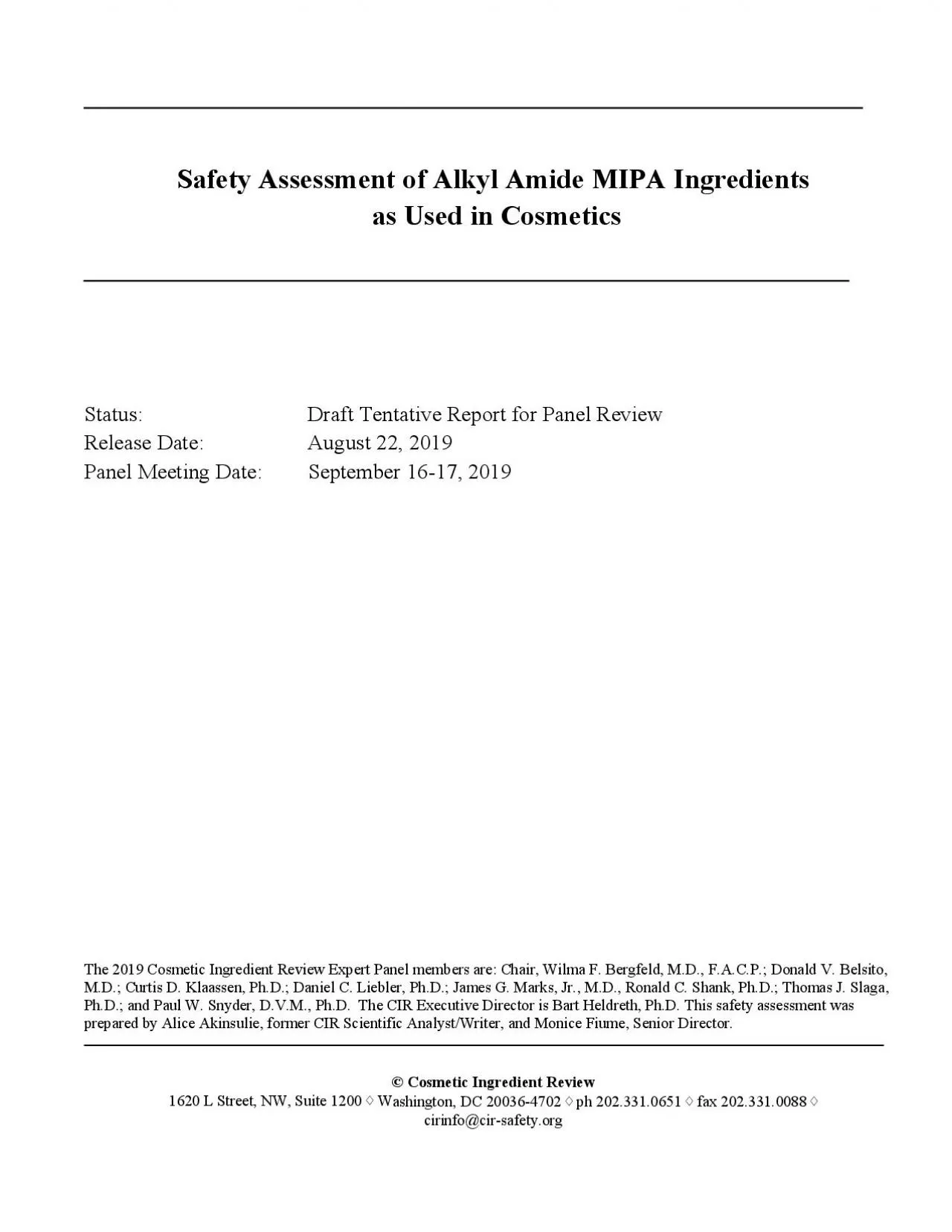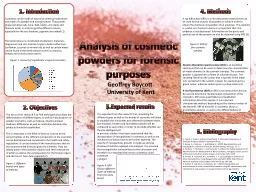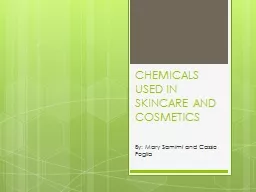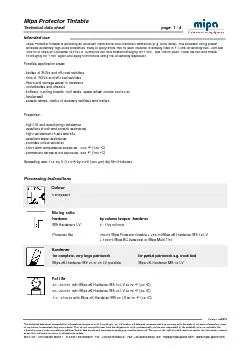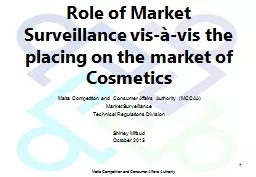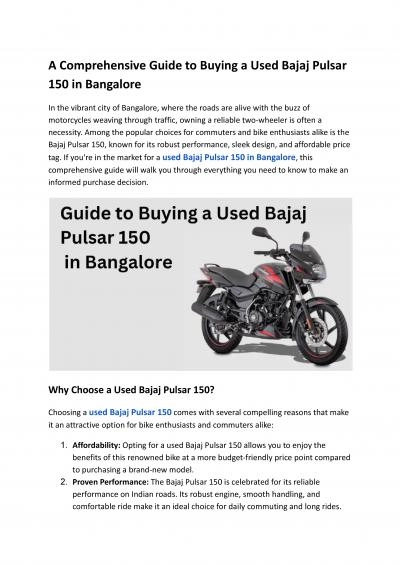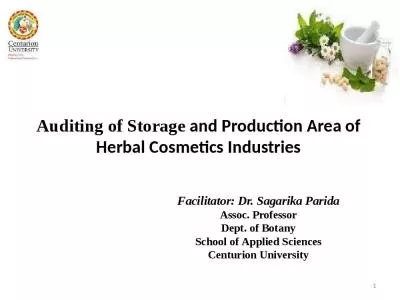PDF-Safety Assessment of Alkylmide MIPA ngredients as Used in Cosmetics
Author : quinn | Published Date : 2021-06-17
x0000x00001620 L Street NWSuite Washington DC 20036Main 2023310651 Fax 2023310088email cirinf
Presentation Embed Code
Download Presentation
Download Presentation The PPT/PDF document "Safety Assessment of Alkylmide MIPA ngre..." is the property of its rightful owner. Permission is granted to download and print the materials on this website for personal, non-commercial use only, and to display it on your personal computer provided you do not modify the materials and that you retain all copyright notices contained in the materials. By downloading content from our website, you accept the terms of this agreement.
Safety Assessment of Alkylmide MIPA ngredients as Used in Cosmetics: Transcript
Download Rules Of Document
"Safety Assessment of Alkylmide MIPA ngredients as Used in Cosmetics"The content belongs to its owner. You may download and print it for personal use, without modification, and keep all copyright notices. By downloading, you agree to these terms.
Related Documents

